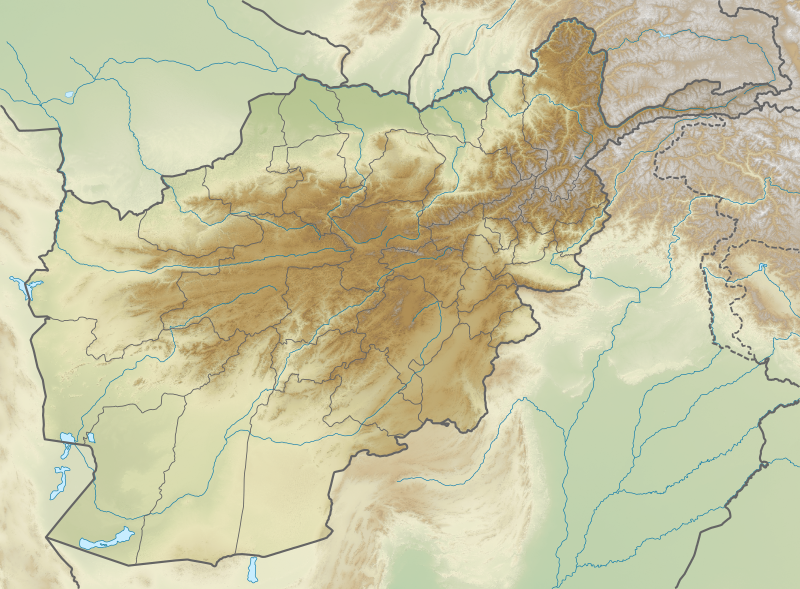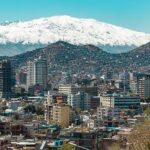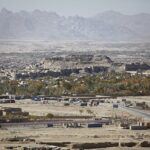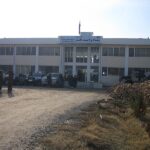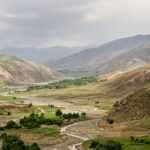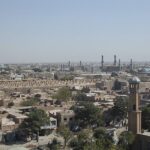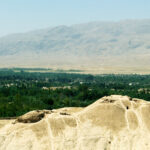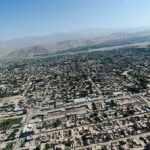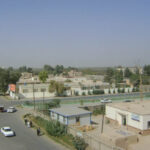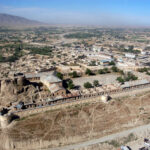Kandahar
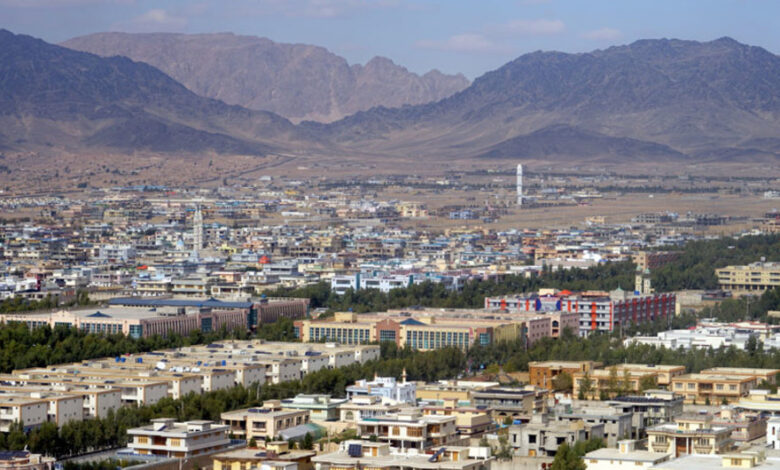
Kandahar is a city located in the southern part of Afghanistan. It is one of the country’s major cultural and economic centres, as well as the capital of Kandahar Province. The city has a rich history, dating back thousands of years, and has been an important centre for various empires and civilizations.
In recent decades, Kandahar has been a significant location in the context of the conflict in Afghanistan. It was a stronghold for the Taliban during their rule in the late 1990s and early 2000s. The city has experienced periods of intense conflict and has been a focal point in the efforts to stabilize and rebuild Afghanistan.
